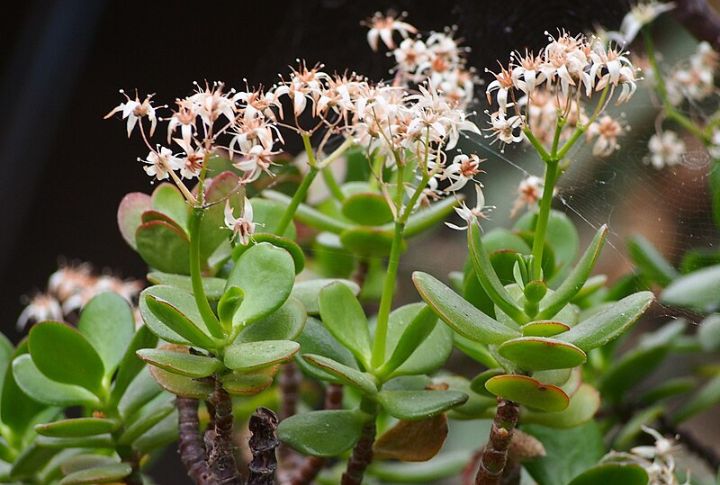
Hey, plant lovers! Let’s talk about the thick-leaved beauty that looks like a miniature tree, Jade Plant (Crassula ovata). While there are plenty of myths about this succulent, here are some pretty valuable facts that make it truly special—worth placing on your desk and nightstand.
Safe For The Night
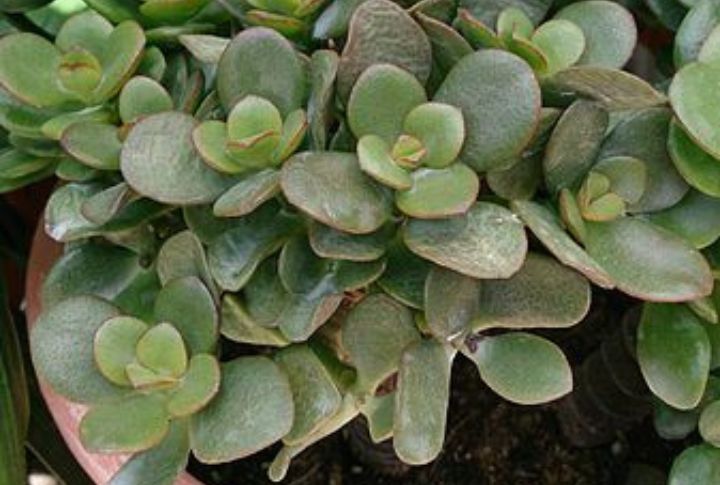
The Jade Plant is part of an elite group of plants using CAM photosynthesis, which actually “breathes in” carbon dioxide at night. Unlike most houseplants, it keeps its pores closed during the day to save water and opens them when it’s dark.
Can Increase Humidity
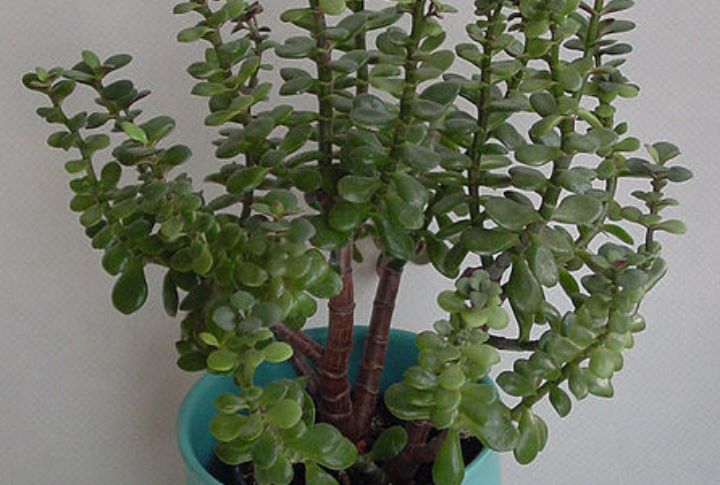
Jade Plants, along with other succulents, release water vapor through transpiration during their normal biological processes. While they won’t humidify your entire room, they do add a helpful amount of moisture to their immediate environment—good for freezing, dry spaces.
Good For Every Climate
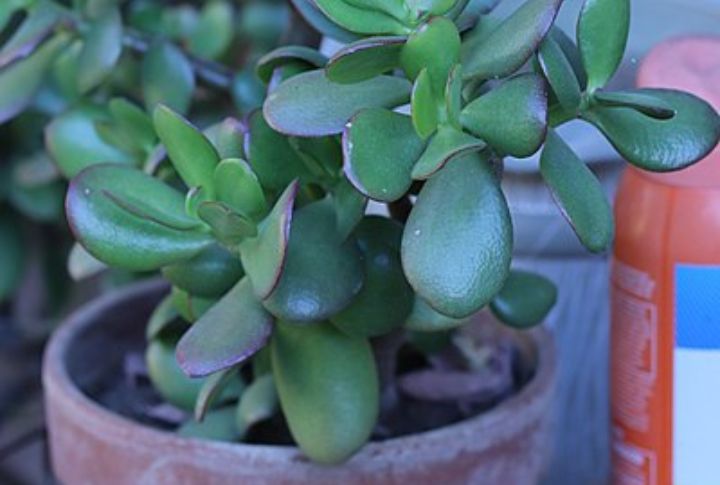
These little plants have been surviving in harsh climates for many years. So, Jade Plants can handle temperatures between 50°F to 90°F (10°C to 32.22°C). You can even keep them at a chilly windowsill in winter and your warm patio in summer.
Stems Can Turn Into New Plants

Drop a healthy Jade leaf on the soil, and you’ll likely have a new plant. These succulents have evolved a lot. Today, they have one of the most successful propagation rates among houseplants, with leaves readily growing roots when they stay in the soil.
Watering Is Not A Big Issue
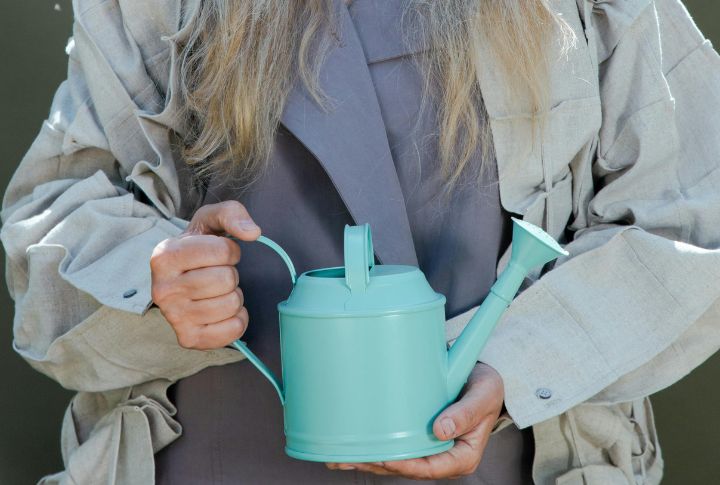
While your average plant wilts without water, Jade Plants can shine without a drink for several weeks. Their thick leaves are actually sophisticated water storage tanks, holding enough water to survive long dry spells, just like their native South African cousins.
Jade Plants Are Adaptive
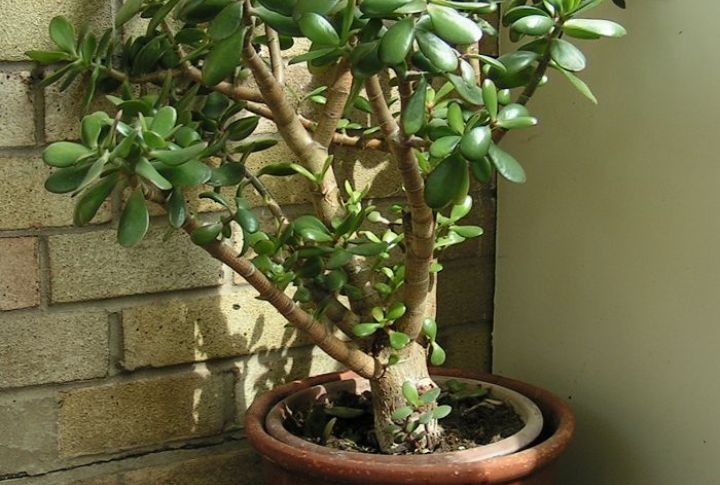
These cute little succulents can adjust their growth based on available light. Place them in partial shade, and they’ll grow broader leaves to catch more sun. Move them to brighter spots, and they’ll develop more compact growth to protect themselves.
Seasonal Color Changes
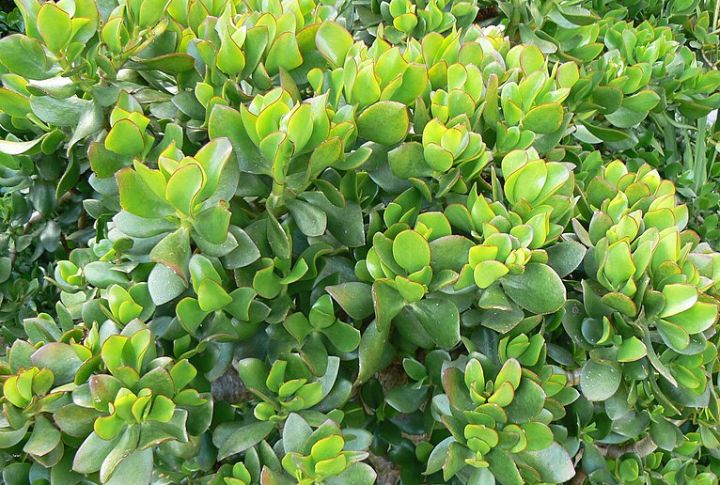
Scientists have documented how Jade Plants naturally develop reddish tinges on their leaf edges when exposed to the right amount of sunlight and slight temperature drops. This isn’t damage. It’s a natural stress pigment called anthocyanin, the same compound that makes autumn leaves red.
Average Lifespan Is Very High
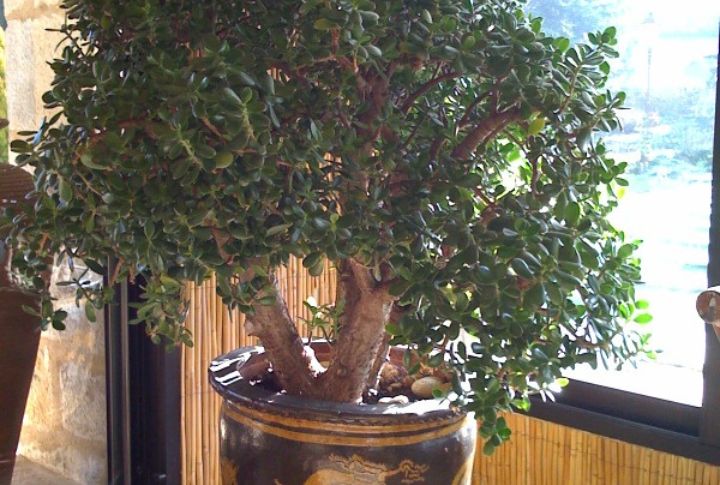
In everyday life, many people have successfully cared for jade plants for years and even several decades. Some are now cherished family heirlooms. With proper care, these resilient succulents can live between 50 to 70 years and, in some cases, even longer.
They Can Turn Into Bonsai
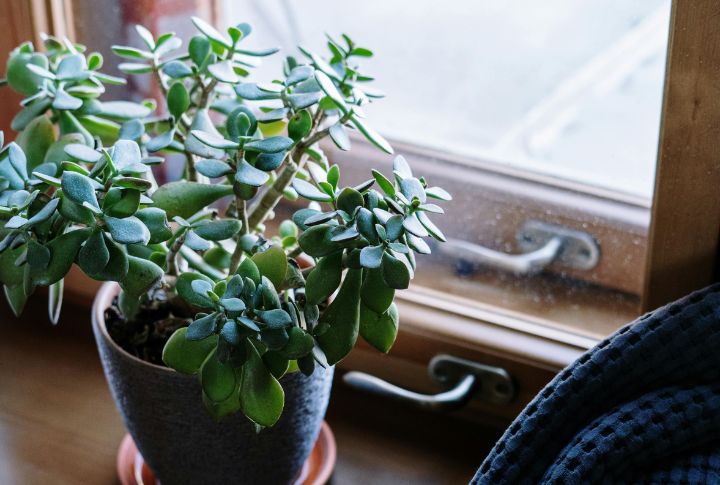
Jade Plants naturally resemble miniature trees, making them a popular choice for bonsai enthusiasts. With careful pruning, you can shape them into artistic forms, and their woody stems and slow growth make them ideal for maintaining a miniature tree-like structure.
A Thoughtful Gift For Plant Lovers

In Feng Shui, jade plants are considered harbingers of prosperity and good luck. Believers say that their coin-shaped leaves can attract wealth and positive energy. That’s why most people in China gift Jade Plants for luck, especially on New Year and housewarming occasions.

